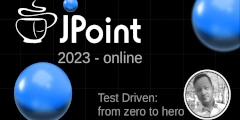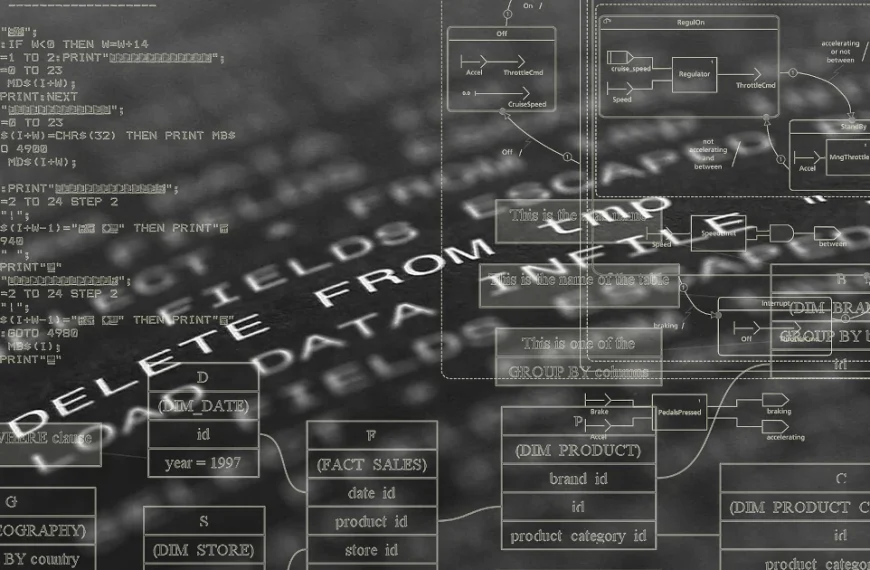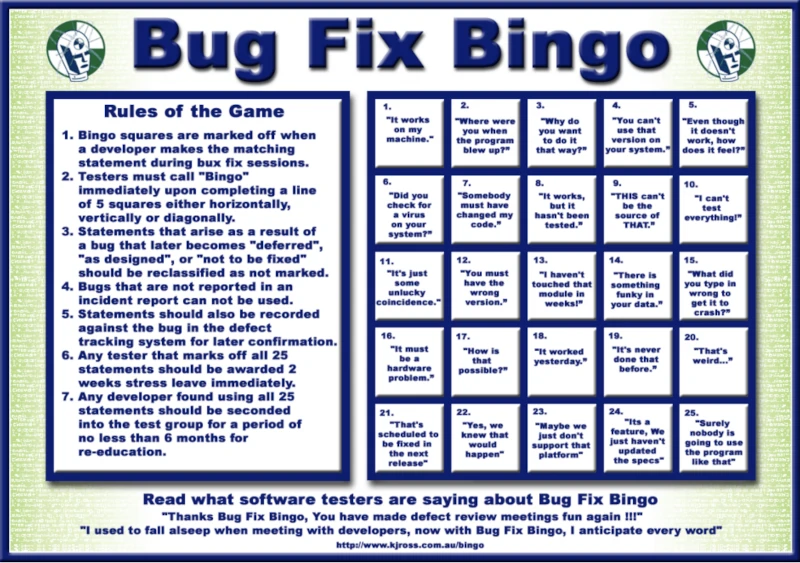As an experienced developer, you often think that core Java topics are more for beginners. But that doesn’t necessarily have to be the case. One reason is, of course, the tunnel vision that develops in ‘pros’ over time. You can only counteract this tunnel vision by occasionally revisiting seemingly familiar topics. Unfortunately, enumerations in Java are somewhat neglected and underutilized. One possible reason for this neglect could be the many tutorials on enums available online, which only demonstrate a trivial use case. So, let’s start by looking at where enums are used in Java.
Let’s consider a few simple scenarios we encounter in everyday development. Imagine we need to implement a hash function that can support multiple hash algorithms like MD5 and SHA-1. At the user level, we often have a function that might look something like this: String hash(String text, String algorithm); – a technically correct solution.
Another example is logging. To write a log entry, the method could look like this: void log(String message, String logLevel); and examples in this style can be continued indefinitely.
The problem with this approach is free parameters like logLevel and algorithm, which allow for only a very limited number of possibilities for correct use. The risk of developers filling these parameters incorrectly under project pressure is quite high. Typos, variations in capitalization, and so on are potential sources of error. There are certainly a number of such design decisions in the Java API that could be improved.
As is often the case, there are many ways to Rome when it comes to improving the use of the API, i.e., the functions used externally. One approach that is quite common is the use of constants. To illustrate the solution a little better, I’ll take the example of hash functionality. The two hash algorithms MD5 and SHA-1 should be supported in the Hash class.
void Hash {
public final static MD5 = "1";
public final static SHA-1 = "2";
/**
* Creates a hash from text by using the chosen algorithm.
*/
public String calculateHash(String text, String algorithm) {
String hash = "";
if(algorithm.equals(MD5)) {
hash = MD5.hash(text);
}
if(algorithm.equals(SHA-1)) {
hash = SHA-1.hash(text);
}
return hash;
}
}
// Call
calculateHash("myHashValue", Hash.MD5);In the Hash class, the two constants MD5 and SHA-1 are defined to indicate which values are valid for the parameter algorithm. Developers with some experience recognize this configuration quite quickly and use it correctly. Technically, the solution is absolutely correct. However, even if something is syntactically correct, it doesn’t necessarily mean it’s an optimal solution in the semantic context. The strategy presented here disregards the design principles of object-oriented programming. Although we already provide valid input values for the parameter algorithm through the constants, there’s no mechanism that enforces their use.
One might argue that this isn’t important as long as the method is called with a valid parameter. But that’s not the case. Every call to the calculateHash method without using the constants will lead to potential problems during refactoring. For example, if you want to change the value “2” to SHA-1 for consistency, this will lead to errors wherever the constants aren’t used. So, how can we improve this? The preferred solution should be the use of enums.
All enums defined in Java are derived from the class java.lang.Enum [2]. A selection of the methods is:
name()returns the name of this enum constant exactly as it appears in its enum declaration.ordinal()returns the ordinal number of this enum constant (its position in the enum declaration, with the first constant assigned ordinal number zero).toString()returns the name of this enum constant exactly as it appears in the declaration.
Dies ist die einfachste Variante, wie man ein Enum definieren kann. Eine einfache Aufzählung der gültigen Werte als Konstanten. In dieser Notation sind Konstantenname und Konstantenwert identisch. Wichtig beim Umgang mit Enums ist sich bewusst zu sein das die Namenkonventionen für Konstanten gelten.
The names of variables declared as class constants and of ANSI constants should be written exclusively in uppercase letters, with underscores (“_”) separating the words. (ANSI constants should be avoided to simplify debugging.) Example:
static final int GET_THE_CPU = 1;[1] Oracle Documentation
This property leads us to the first problem with the simplified definition of enums. If, for whatever reason, we want to define SHA-1 instead of SHA-1, this will result in an error, since “-” does not conform to the convention for constants. Therefore, the following construct is most commonly used for defining enums:
public enum HashAlgorithm {
MD5("MD5"),
SHA1("SHA-1");
private String value;
HashAlgorithm(final String value) {
this.value = value;
}
public String getValue() {
return this.value;
}
}In this example, the constant SHA1 is extended with the string value “SHA-1”. To access this value, it’s necessary to implement a way to retrieve it. This access is provided via the variable value, which has the corresponding getter getValue(). To populate the variable value, we also need a constructor. The following test case demonstrates the different ways to access the entry SHA1 and their corresponding outputs.
public class HashAlgorithmTest {
@Test
void enumNames() {
assertEquals("SHA1",
HashAlgorithm.SHA1.name());
}
@Test
void enumToString() {
assertEquals("SHA1",
HashAlgorithm.SHA1.toString());
}
@Test
void enumValues() {
assertEquals("SHA-1",
HashAlgorithm.SHA1.getValue());
}
@Test
void enumOrdinals() {
assertEquals(1,
HashAlgorithm.SHA1.ordinal());
}
}First, we access the name of the constant, which in our example is SHA1. We obtain the same result using the toString() method. We retrieve the content of SHA1, i.e., the value SHA-1, by calling our defined getValue() method. Additionally, we can query the position of SHA1 within the enum. In our example, this is the second position where SHA1 occurs, and therefore has the value 1. Let’s look at the change for enums in the implementation of the hash class from Listing 1.
public String calculateHash(String text, HashAlgorithm algorithm) {
String hash = "";
switch (algorithm) {
case MD5:
hash = MD5.hash(text);
break;
case SHA1:
hash = SHA1.hash(text);
break;
}
return hash;
}
//CaLL
calculateHash("text2hash", HashAlgorithm.MD5);In this example, we see a significant simplification of the implementation and also achieve a secure use for the algorithm parameter, which is now determined by the enum. Certainly, there are some critics who might complain about the amount of code to be written and point out that it could be done much more compactly. Such arguments tend to come from people who have no experience with large projects involving millions of lines of source code or who don’t work in a team with multiple programmers. Object-oriented design isn’t about avoiding every unnecessary character, but about writing readable, fault-tolerant, expressive, and easily modifiable code. We have covered all these attributes in this example using enums.
According to Oracle’s tutorial for Java enums [3], much more complex constructs are possible. Enums behave like Java classes and can also be enriched with logic. The specification primarily provides the compare() and equals() methods, which enable comparison and sorting. For the hash algorithm example, this functionality would not add any value. It’s also generally advisable to avoid placing additional functionality or logic within enums, as these should be treated similarly to pure data classes.
The fact that enums are indeed an important topic in Java development is demonstrated by the fact that J. Bloch dedicated an entire chapter of nearly 30 pages to them in his book “Effective Java.”
With this, we have worked through a comprehensive example of the correct use of enums and, above all, learned where this language construct finds meaningful application in Java.
Resources
Abonnement / Subscription
[English] This content is only available to subscribers.
[Deutsch] Diese Inhalte sind nur für Abonnenten verfügbar.











